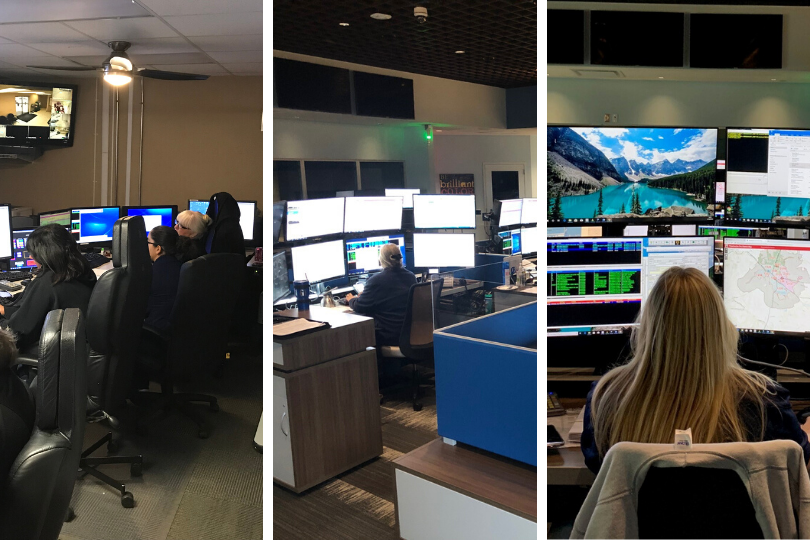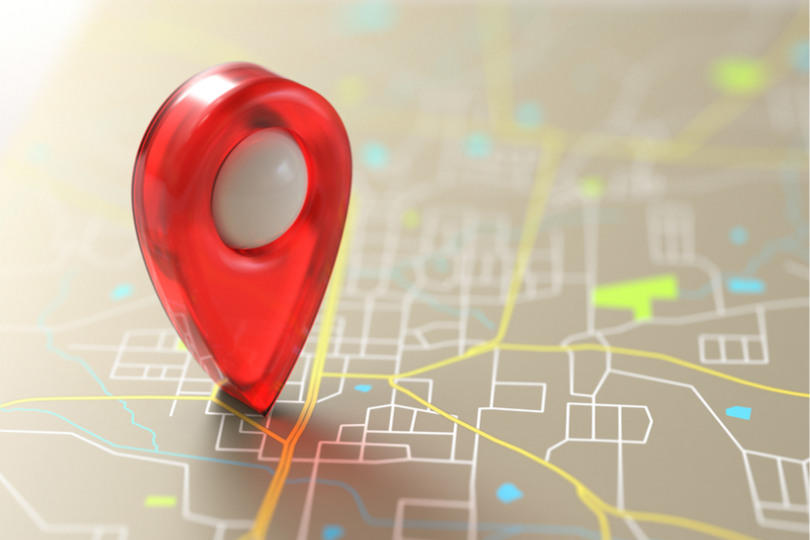3 Ways to Show Appreciation and Give Thanks for Your Telecommunicators
We all know that the 9-1-1 industry has some of the highest turnover rates. There are a lot of factors that contribute to it, but that doesn’t mean PSAP leadership can’t take some small efforts to try to make their agencies a better place to work. This Thanksgiving week is a great time to show appreciation for your telecommunicators!
At the North Central Texas Emergency Communications District, we pride ourselves on our focus on PSAP involvement in the everyday running of our district. We learned through some trial and error how important it is to get feedback from our agency’s managers and supervisors, and during a focus group held last year we noticed a common theme: All of our agencies had a process for disciplining rule breaking and poor behavior, but few had a structured way of rewarding positive behavior.
Though the purpose of this focus group was for an entirely separate issue, this idea of creating a system that applauds and appreciates positive behavior was filed away by some of our staff members. A few months later we launched YouEarnedIt (now known as Kazoo) to encourage and reward the everyday tasks our telecommunicators performed. The platform has so far been a huge success, but you don’t have to invest in a digital solution like Kazoo in order to show employee appreciation. You can start with something small.
Here are a few ways you can show appreciation for your telecommunicators without breaking the bank.
Go public with your teams’ wins
When someone volunteers to work overtime or goes above and beyond the call of duty during a call or in some way performs beyond expectations, don’t keep it to yourself. We’ve seen “Wall of Fame” message boards inside agencies with post it notes detailing telecommunicator successes, and we always try to reshare social media posts that praise employees at our agencies. We also love the idea of the “stork pin,” which is awarded to call takers who talk a caller through a birth, and we’ve seen a lot of different variations of it within the industry.
Your appreciation method doesn’t have to be complex but making a small effort to show your employees that you care about their triumphs can go a long way.
Individualize Your Praise
Some people may enjoy a public display of your gratitude and appreciation when they do something right, but others may prefer to stay out of the spotlight. Knowing your employees individually will help you determine the best way to show them you appreciate them. For the shyer types, you might want to stick to the old-fashioned thank you note (not an email; handwriting a note shows that you’re willing to go the extra mile), while those who enjoy the attention would feel honored that you’re willing to call out their success in front of their coworkers.
Anniversaries Matter – Celebrate Them!
We’re not just talking about work anniversaries. Yes, celebrate someone’s first, fifth, or even twentieth year at your agency, but don’t forget about birthdays, weddings, or any other event that means something to your employees. If you’re not the right person to organize these celebrations, find someone on your team who is (just remember to celebrate them when their time comes as well).
With turnover rate within 9-1-1 so high, it’s important that we do everything we can to show the employees who have stuck it out that we care about them. We no longer live in a world where a standoffish, unappreciative culture is acceptable in the workplace. Employees expect more from the organizations where they spent the majority of their lives, and that’s the same for all industries, including 9-1-1.


 was unresponsive, and this woman realized she needed to dial 9-1-1. The problem was, she was located in Dallas and her aunt was living in Washington state, and she was unsure of how to reach the local authorities.
was unresponsive, and this woman realized she needed to dial 9-1-1. The problem was, she was located in Dallas and her aunt was living in Washington state, and she was unsure of how to reach the local authorities.
